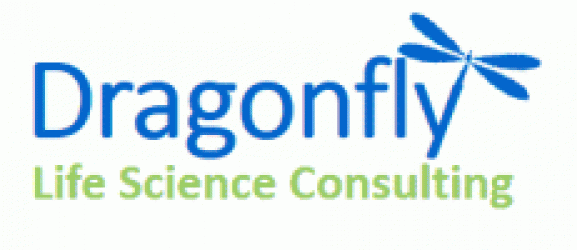by Sonia Thompson
Republished from INC, September 17, 2018
Being a trusted partner to your customers pays many dividends as you work to grow your business. One approach that more companies are starting to use to build that trust is pioneering activities that you go above the brand, and tackle issues that are for the greater good for their customers.
As a business leader, you are in the transformation business. And one of the ways you will transform your customers from where they are to where they want to be is by addressing their most pressing challenges at both a micro and a macro level.
Taking a leadership position by starting a movement demonstrates to your customers and key influencers your commitment to the cause over the long-term, beyond just growing your bottom line. Positioning yourself at the helm of a positive movement will help you become an indispensable ally in their quest to create positive change.
Recently, I sat in on a session at Democratic Dialogues in Cancer Care, a two-day program in Buenos Aires spearheaded by Novartis, a pharmaceutical company in collaboration with the National Academy of Medicine. One in five deaths in Argentina is due to cancer. While the nation is seventh in the incidence of cancer in the region, it ranks third in mortalities due to cancer.
I was struck by the passionate debate leaders from various aspects of the medical system had about how to improve care. It was a testament to the importance of seeking out diverse opinions to develop strong solutions to complex problems.
Aliya Omer is the General Manager of Novartis Oncology South Latin America. I chatted with her to get more insight into why the company organized the event. She explained:
“The objective of the meeting was to share an inspiring vision to create a movement in cancer care that progressively achieves awareness, participation and the mobilization of all those who understand the existence of barriers to access for patients with cancer. Therefore, to do so, it was important to bring together high-level stakeholders who have cancer as part of their agenda to discuss cancer as a national issue through an engaging dialogue.”
By organizing an event that rallies key parties within your industry, you can tackle an important cause, build stronger relationships, and elevate the profile and trustworthiness of your brand. Here are three important steps to pioneering a movement within your industry:
1. Identify a persistent problem.
Think about what challenges exist that are barriers to your customers realizing their goals. That could be helping close the gender wage gap, stopping food waste, or increasing the amount of diverse talent within your industry–just some ideas off the top of my head.
American Express is an example–it recognized that small businesses were struggling to stay afloat with changes in the economy, and created Small Business Saturday to encourage consumers to by from local merchants. If you find a cause that’s meaningful to you, you’ll want to champion it for the long-term.
2. Engage relevant allies to join the fight.
You don’t have to be a one-company army. Enlist the help and support of others who have a vested interest in making the problem you’ve raised go away.
In my opinion, Procter and Gamble’s My Black Is Beautiful campaign did this really well. It started partnering with celebrities, storytellers, and non-profit organizations to produce programming, content, and dialogue–all around how African-American women are portrayed in culture.
By organizing interested parties to work together toward finding a solution to a big and entrenched problem, you set the stage for the group to deliver a powerful collective blow to the issue, rather than leaving individual parties to attempt to tackle the issue on their own. You’ll make a bigger impact as a team.
3. Mobilize the group to take quick action.
Once you’ve rallied a team of passionate partners, identify a small quick action the group can collectively take to make positive change. By allowing the team to see a tangible outcome of the collaboration early on, you’ll give them a sense of accomplishment at seeing what is possible when a group comes together to tackle an issue for the greater good.
Shoe and eyewear retailer Toms’s One for One program is the classic example. Customers feel the instant satisfaction of knowing that when they purchase a pair of shoes or sunglasses, a new pair goes to a person in need. Even a small win can be the spark needed to fuel the momentum needed to enlist more partners to join the movement.
You can build trust, elevate your brand, develop key partnerships, and grow your business while doing good. Add to it the satisfaction of solving a challenging problem that’s plagued others for far too long, and the benefits of starting a movement become pretty hard to ignore.
